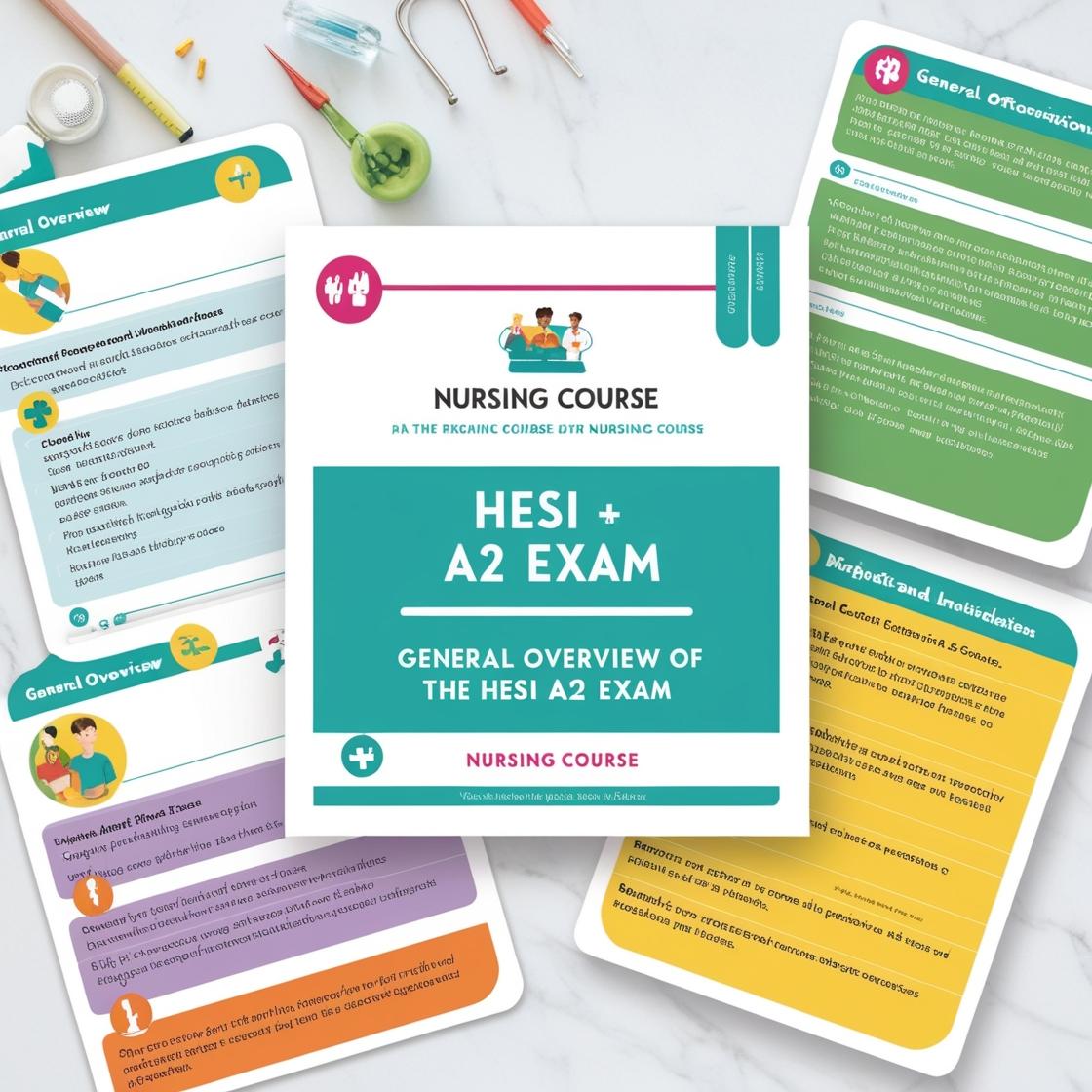HESI A2
Biology HESI A2 Practice Exam
1. Duchenne muscular dystrophy is a recessive sex-linked trait carried on the X chromosome. In an example of an unaffected father and a female carrier who have two daughters and two sons, which is the predicted outcome?
- A. Both daughters will carry the disease.
- B. Both sons will carry the disease.
- C. One daughter may have the disease.
- D. One son may have the disease.
Correct answer: C
Rationale: Duchenne muscular dystrophy is a recessive sex-linked trait carried on the X chromosome. Since the father is unaffected and does not carry the disease, he must have a normal X chromosome. The mother is a carrier, which means she has one normal X chromosome and one X chromosome with the disease allele. The daughters will inherit one X chromosome from each parent; one would be normal, and the other has a chance of carrying the disease allele. So, there is a 50% chance that one daughter may have the disease, as she could inherit the X chromosome with the disease allele. The sons will inherit the Y chromosome from the father and the X chromosome from the mother, so they will not be affected by the disease. Therefore, the predicted outcome is that one daughter may have the disease, while the sons will not carry the disease. This rules out choices A, B, and D.
2. Which cellular structure is largely protective in function?
- A. Mitochondrion
- B. Vacuole
- C. Cell membrane
- D. Ribosome
Correct answer: C
Rationale: The correct answer is C: Cell membrane. The cell membrane, also known as the plasma membrane, is largely protective in function as it serves as a selectively permeable barrier that surrounds the cell, providing structural support and helping to maintain cell integrity. It regulates the movement of substances in and out of the cell, thus protecting the cell from harmful external factors while allowing essential nutrients to enter. Mitochondrion (choice A) is responsible for energy production, not primarily protective. Vacuole (choice B) is mainly involved in storage and transport. Ribosome (choice D) is involved in protein synthesis, not protective functions.
3. If a test has poor internal consistency, which statement is true?
- A. The test produces different results at different times.
- B. The items do not correlate or measure similar things.
- C. The test produces different results depending on the researcher.
- D. The items never vary even when the test environment changes.
Correct answer: B
Rationale: Correct answer: If a test has poor internal consistency, it means that the items do not correlate or measure similar things. This lack of correlation indicates that the items in the test are not measuring the same underlying construct or concept, leading to unreliable results. Choice A is incorrect because poor internal consistency is not about producing different results at different times but rather about the lack of correlation among items. Choice C is incorrect because the issue lies within the test itself, not with different researchers. Choice D is incorrect because poor internal consistency implies that the items do vary in their measurement, contributing to the unreliability of the test.
4. Bacillus subtilis may be described as ___________.
- A. spiral
- B. globular
- C. rod-shaped
- D. grape-like clusters
Correct answer: C
Rationale: Bacillus subtilis is a rod-shaped bacterium. Its name "Bacillus" refers to its rod-like shape, which is a characteristic feature of this bacteria.
5. What is another name for the light-independent reaction in plants?
- A. Photosynthesis
- B. Calvin cycle
- C. Germination
- D. Phosphorus cycle
Correct answer: B
Rationale: The light-independent reaction in plants is also known as the Calvin cycle. This biochemical pathway, named after Melvin Calvin who discovered it, takes place in the stroma of chloroplasts and is responsible for converting carbon dioxide into glucose using ATP and NADPH generated during the light-dependent reactions of photosynthesis. The Calvin cycle does not directly require light to function, hence the alternative name as the light-independent reaction. Choices A, C, and D are incorrect. Photosynthesis is the overall process of converting light energy into chemical energy, which includes both light-dependent and light-independent reactions. Germination is the process where a seed sprouts into a new plant. The phosphorus cycle is the biogeochemical cycle that describes the movement of phosphorus through the lithosphere, hydrosphere, and biosphere.
Similar Questions

Access More Features
HESI A2 Basic
$89/ 30 days
- 3,000 Questions with answers
- 30 days access @ $89
HESI A2 Premium
$129.99/ 90 days
- Actual HESI A 2 Questions
- 3,000 questions with answers
- 90 days access @ $129.99
